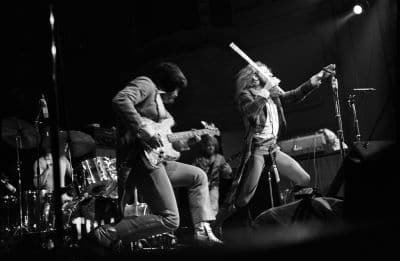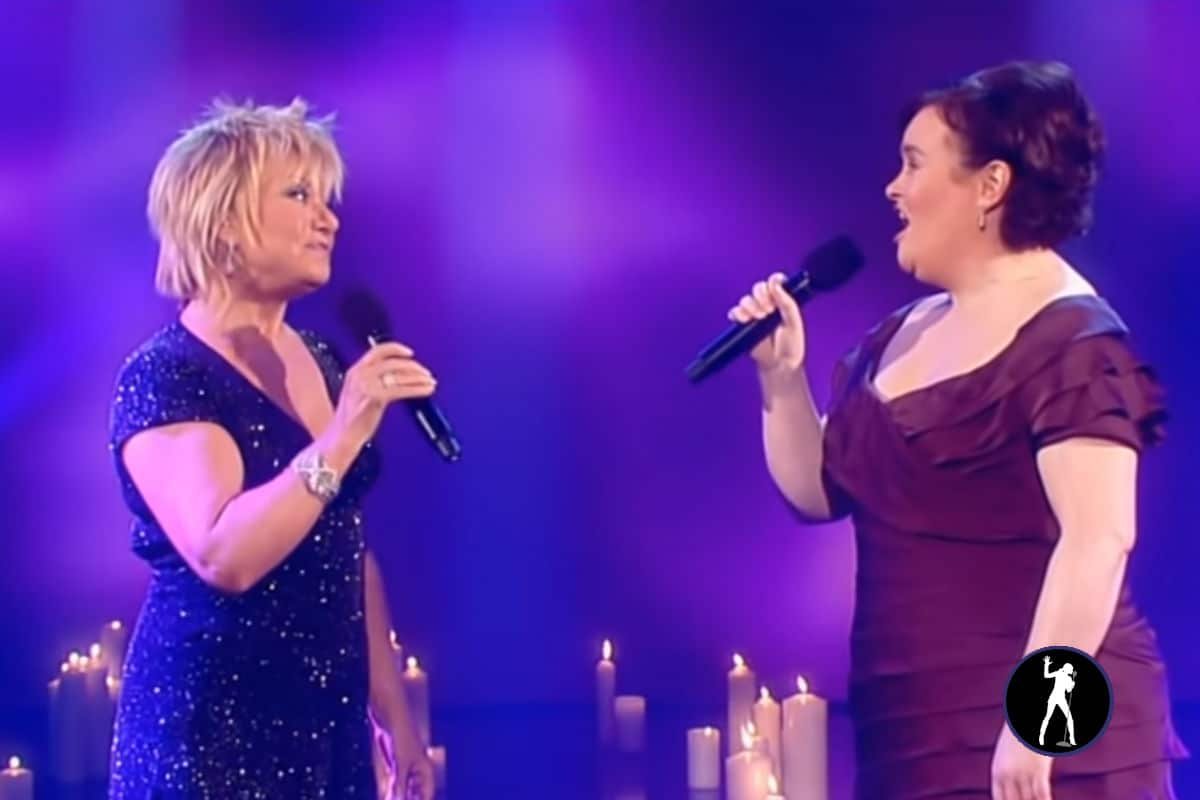Musician Spotlight: Jethro Tull

1967. Blackpool, UK. Jethro Tull, the British rock band with a knack for combining jazz and blues in a new and attention-grabbing way, was created. Using a love of the blues genre and using it as a base to stir in all manner of different ideas, most popular being folk and hard rock to create a unique combination of sounds that blended in just the right way, this really was what many would consider to be the beginning of prog rock, a style of music that would go on to change the face of the art altogether.
Jethro Tull has a number of different important figures who can lay claim to being part of its long and illustrious journey. They are lead singer, guitarist, and flautist Ian Anderson (born 10th August 1947), guitarist Martin Barre (born 17th November 1946), keyboardist John Evan (born 28th March 1948), keyboardist Dee Palmer (born 2nd July 1937), keyboardist Peter-John Vettese (15th August 1956), drummer Clive Bunker (born 30th December 1946), drummer Barrie Barlow (10th September 1949), drummer Doane Perry (born 16th June 1954), bass player Glenn Cornick (23rd April 1947 – 28th August 2014), bass player Jeffrey Hammond (30th July 1946), bass player John Glascock (2nd May 1951 – 17th November 1979), and bass player Dave Pegg (2nd November 1947). Each of these band members came and went as time progressed, meaning that although Ian Anderson has been there from the start, the rest of the line-up has changed many times over the years.
Despite the many changes that took place within Jethro Tull, the quality of the music and the new and exciting ideas that came out in the albums, always remained constant which meant that fans were able to enjoy the overall idea of Jethro Tull, even if the members might be different from one album to the next.
Two years after originally forming, Jethro Tull released Stand Up (1969), which was when they first began to be noticed – the album got to number one in the charts in the UK, and this kicked off many years of tourist not just in the band’s home country but in the US as well. The albums that followed – Aqualung (1971), Thick As A Brick (1972), and A Passion Play (1973) – were all commercially impressive, and the prog rock sound was cemented as what Jethro Tull was all about.
This live performance of “locomotive breath” demonstrates what Jethro Tull was all about:
The group, however, did not want to stop there. For them, music was a way to grow and learn, and that meant more changes were afoot. The next three albums – Songs From The Wood (1977), Heavy Horses (1978), and Stormwatch (1979) – still had the prog rock feel to them, but heavily relied on folk rock too, ensuring that the band’s original ideas were still coming to the fore but that enough of the old was still present to give their fans what they enjoyed. This slow move towards new things and away from old ones meant that fans were never alienated, never forgotten, and even if, looking back at the ‘big picture’, it’s easy to see that where Jethro Tull started and when they ended were two completely different places in a musical sense, those listening may not have picked up on it at the time.
In 1987, Jethro Tull won a Grammy for their album Crest Of A Knave, released in 1987, which again, was different to what had gone before, with a much more hard rock style included on the signals therein.
news via inbox
Sign up for the latest music news and entertainment!






